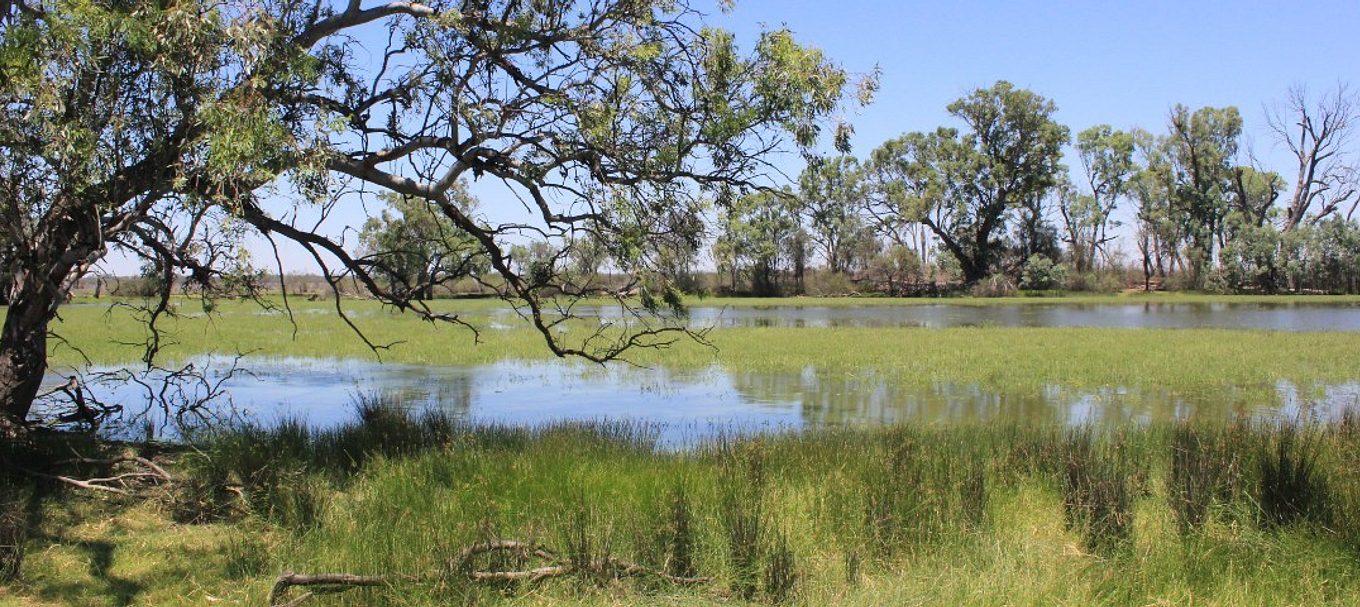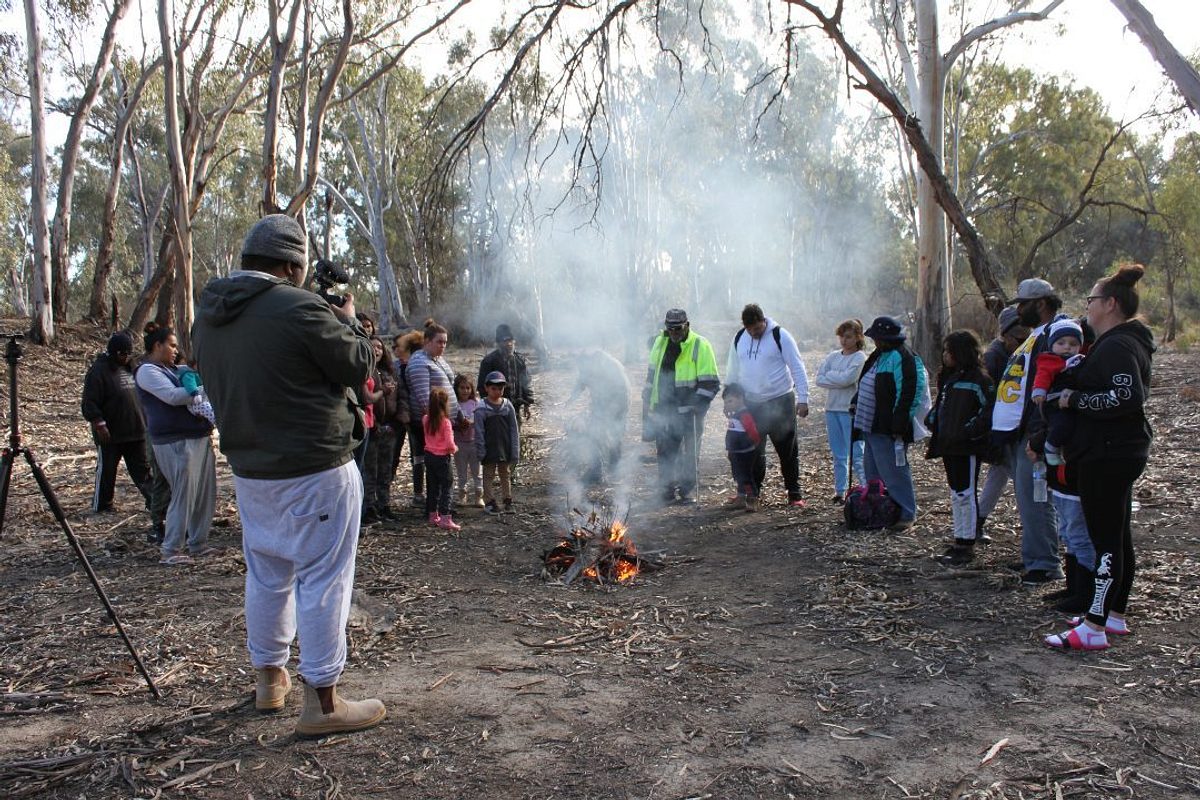
Learn about the culturally and environmentally significant Chowilla floodplain
The Chowilla floodplain, north of Renmark, straddles the South Australian and New South Wales border.
It covers more than 17,000 hectares and is the largest area of remaining natural riverine forest along the lower River Murray.
Chowilla, and its surrounding floodplains and river, have sustained the unique culture and economy of the First Peoples of the River Murray and Mallee for thousands of generations.
For many visitors, this deeply significant place is also a peaceful world away from the hectic pace of life in towns and cities.
Here’s what makes it so unique:
Significance to Traditional Owners
The word Chowilla (or ‘Tjowilla’) means ‘place of spirits and ghosts’. The floodplain is highly valued and respected by the First Peoples of the River Murray and Mallee Region because of their long history and connection to the area.
Traditional Owners’ Ancestors have occupied the landscape for thousands of generations and their cultural heritage is beautifully evident across Chowilla’s landscape.
For this reason, the ongoing preservation, protection and management of cultural sites located on the floodplain is a high priority.
Environmental significance
The floodplain is one of the last parts of the lower Murray that has kept much of its natural character.
It contains the largest remaining natural river red gum forest in the lower River Murray and a range of aquatic habitats, including fast and slow flowing creeks, backwaters, wetlands and lakes.
The floodplain has experienced severe ecological decline due to long periods without flooding. In fact, floods that naturally occurred about 45 times in 100 years now only occur about 12 times in 100 years. This was made significantly worse by the Millennium Drought.
This has resulted in rising soil salinity, the decline of trees (particularly the majestic river red gum and the black box) and fewer breeding opportunities for floodplain wildlife.
Chowilla is part of the Riverland Ramsar wetland of international importance and also an icon site of the Murray Darling Basin Authority’s Living Murray program.
It’s a significant floodplain and wetland with diverse aquatic habitats that are important for native fish species including iconic species like Murray cod. It is also filled with river red gum and black box forest and woodlands and home to a range of threatened species.
What’s being doneto address these environmental and cultural challenges?
The main initiatives underway are:
Engagement with the Traditional Owners and the broader community to ensure long-term benefits can be achieved and sustained
First Peoples have unique rights and interests over their lands and waters, including the Chowilla floodplain.
Partnering with First Peoples supports more equitable relationships in looking after Country and, in turn, supports First Peoples’ strong connection to Country.
First Peoples community members continue their Traditional cultural practices in the Riverland area to this day. In fact, the First Peoples of the River Murray and Mallee recently invited younger generations and environmental managers to spend some quality time on Country to pass on the valued cultural knowledge of Traditional Owners.
The result was a memorable two days on the Chowilla floodplain. First Peoples members of all ages, from 7 months old through to Elders, were involved in traditional smoking ceremonies, wurley making, weaving, cooking and more.



Doing these types of activities provided an opportunity for Chowilla Icon Site managers from the Department for Environment and Water to share information about the benefits of water for the environment and site management.
Delivering water for the environment and monitoring to protect priority wetland sites
In recent years, delivery of water for the environment has provided a regular increase in water levels in the creeks and provided water to the lower parts of the floodplain.
Water for the environment was also pumped to four priority wetlands (this year) and provided important refuges for plants and animals in a drying landscape.

Operation and management of floodplain infrastructure to enable us to make the best possible use of any water for the environment available
There has been considerable investment in floodplain infrastructure, such as the Chowilla Environmental Regulator.
These are put into action to support delivery of environmental water across the floodplain to restore the health of this important area.

For example, the Chowilla regulator enables water levels in Chowilla Creek to be raised to push water into wetlands and out across the floodplain.
Under natural conditions it would have been flooded frequently every 2-3 years. Without these types of infrastructure in place, these occurrences of flooding would occur far less frequently than in the past.
Successful use of the Chowilla Environmental Regulator between August and December 2018 to raise water levels in the Chowilla Creek brought water levels to about 2.1 metres above normal.
This resulted in water reaching the top of creek banks and entering low-level flow areas and into a number wetlands – covering about 2,250 hectares and giving the area a much-needed drink.
Places like Chowilla, which are maintained in as natural a way as possible, are very important in passing on Traditional cultural knowledge to younger generations.
Keen to know more about ‘water for the environment’?Here’s everything you need to know.





